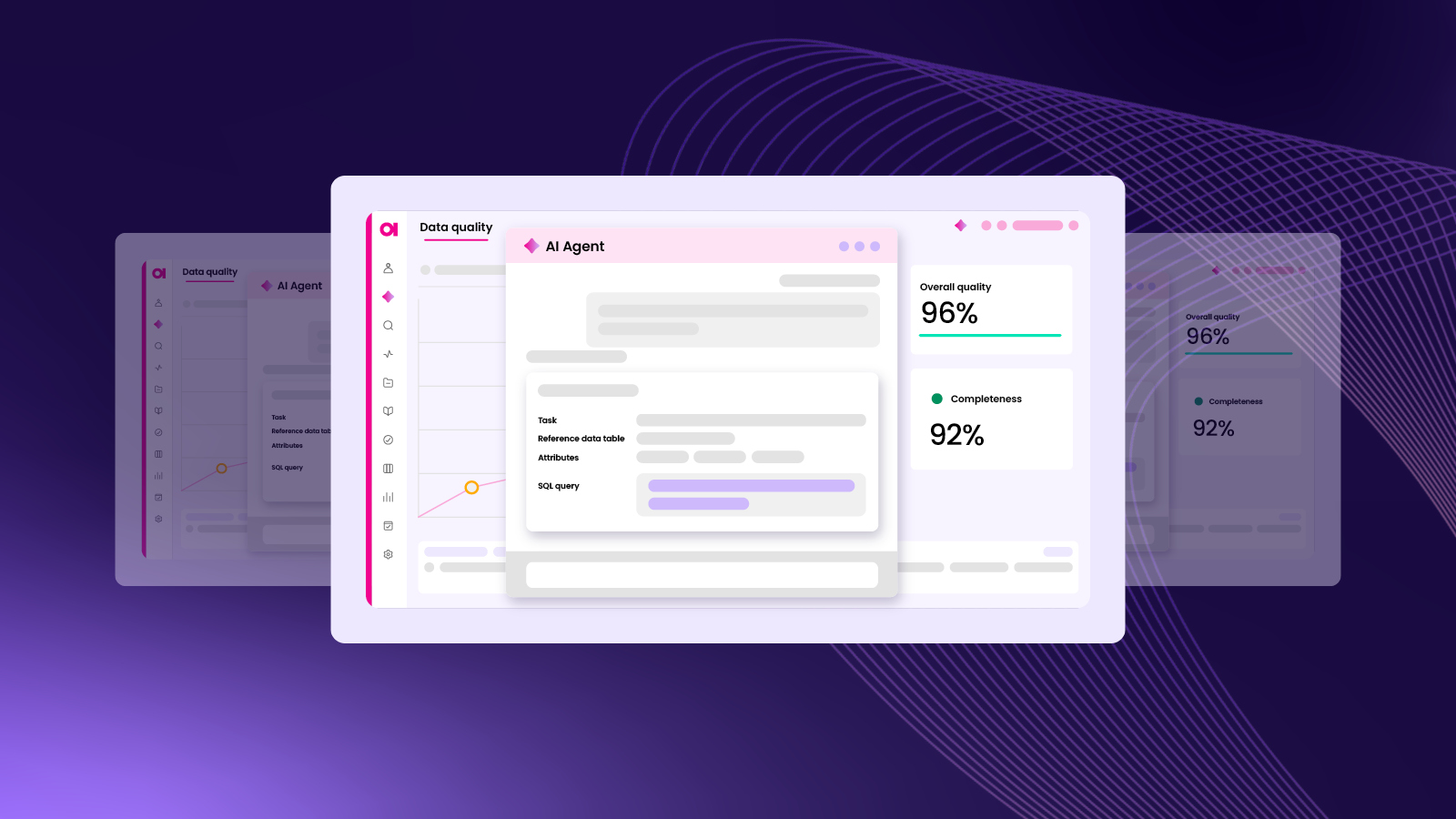US healthcare provider
Business objective & project requirements
Equipped with a strong data ecosystem and host of data transformation tools to ensure high data quality output, the healthcare provider aimed to invest in a data quality stack with specialized data quality tools that would stand up to the company’s changing business use case needs.
- Real time decision support for real time quality
- Use cases require real time data, and our customer found their data was moving too quickly for traditional reject, recycle, and cleansing processes.
- Clinical and business workflow also needed to be alerted to any lack of quality data, as clinical use cases could impact patient outcomes.
- Preventing and correcting data issues before they impacted the business
- Early detection of source system issues was critical
- Aimed to shift from reactive to preventive methods in order to deliver high quality data to the end user
- Measuring and managing data to a quality standard
- Without measuring data, the company found it impossible to improve data quality. The company recognized that data assets needed to be evaluated constantly to validate quality and completeness
- Ad-hoc approaches were dividing resources and unnecessarily segmenting information
- Data assets were growing at a faster pace each year
Solution & benefits
Cooperation with Ataccama laid the foundation for the company to move towards:
Business-driven data quality management.
An organizational structure for information quality management that is institutionalized and viewed as critical to business across all functions.
Business taking full ownership for data content and data policy making.
Establishing a data quality team to ensure the tools were fully utilized, training business units to develop their own quality rules, and creating a framework for data quality development. This allowed them to detect which BI teams were underperforming, and IT no longer needed to wait to hear from business users that information was corrupted or missing.
Solution in production
- Patient Financial
- 33 rules were created to monitor patients’ financial data
- Clinical Data
- Measuring their ability to convert local codes to industry ontologies
- Measuring ranges in lab values, in particular to determine the quality of lab results for patients
- Information Protection
- Validating provider identities against the CMS master
- Validating provider credentialing and privileges
Business objective & project requirements
Equipped with a strong data ecosystem and host of data transformation tools to ensure high data quality output, the healthcare provider aimed to invest in a data quality stack with specialized data quality tools that would stand up to the company’s changing business use case needs.
- Real time decision support for real time quality
- Use cases require real time data, and our customer found their data was moving too quickly for traditional reject, recycle, and cleansing processes.
- Clinical and business workflow also needed to be alerted to any lack of quality data, as clinical use cases could impact patient outcomes.
- Preventing and correcting data issues before they impacted the business
- Early detection of source system issues was critical
- Aimed to shift from reactive to preventive methods in order to deliver high quality data to the end user
- Measuring and managing data to a quality standard
- Without measuring data, the company found it impossible to improve data quality. The company recognized that data assets needed to be evaluated constantly to validate quality and completeness
- Ad-hoc approaches were dividing resources and unnecessarily segmenting information
- Data assets were growing at a faster pace each year
Solution & benefits
Cooperation with Ataccama laid the foundation for the company to move towards:
Business-driven data quality management.
An organizational structure for information quality management that is institutionalized and viewed as critical to business across all functions.
Business taking full ownership for data content and data policy making.
Establishing a data quality team to ensure the tools were fully utilized, training business units to develop their own quality rules, and creating a framework for data quality development. This allowed them to detect which BI teams were underperforming, and IT no longer needed to wait to hear from business users that information was corrupted or missing.
Solution in production
- Patient Financial
- 33 rules were created to monitor patients’ financial data
- Clinical Data
- Measuring their ability to convert local codes to industry ontologies
- Measuring ranges in lab values, in particular to determine the quality of lab results for patients
- Information Protection
- Validating provider identities against the CMS master
- Validating provider credentialing and privileges







